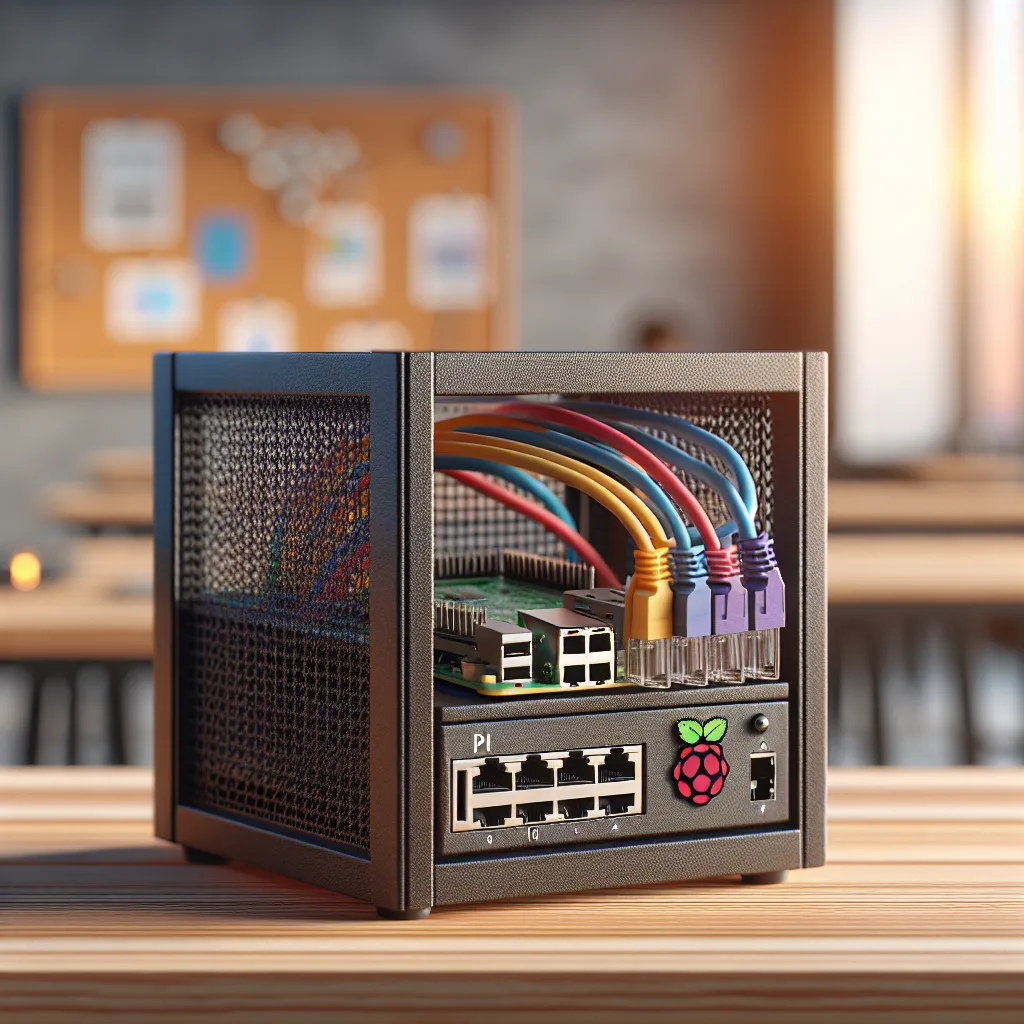Discover how a small, 3D-printed 10-inch server rack is making complex tech concepts accessible and hands-on for students and hobbyists alike.
I love stumbling upon simple ideas that solve a real problem. No fancy tech, no million-dollar budget. Just a clever solution that makes you think, “Wow, that’s smart.”
And I saw a perfect example of this recently: a 3D-printed, 10-inch server rack.
It’s not a full-sized, humming metal cabinet you’d see in a data center. It’s a miniature version, small enough to sit on a desk. And this particular one was built for a classroom, to help students learn about networking and IT infrastructure.
I think that’s just brilliant.
Making Tech Tangible
Let’s be honest, a lot of modern technology is abstract. We talk about “the cloud,” “virtual machines,” and “networks,” but these are concepts that are hard to grasp because you can’t really see or touch them. It’s one thing to draw a network diagram on a whiteboard. It’s another thing entirely to physically plug a cable from a switch to a server.
This is where a little rack makes a huge difference.
Suddenly, students aren’t just reading about networking theory. They’re doing it. They can hold the components in their hands. They can mount a small device, like a Raspberry Pi or a network switch, into the rack. They can run the tiny ethernet cables and learn about cable management. They can see, with their own eyes, how the physical pieces connect to create a functioning system.
This hands-on approach is so powerful for learning. It turns abstract ideas into concrete experiences. That’s how you create those “aha!” moments that stick with you for years.
More Than Just a Plastic Box
What I find most interesting is how this project bridges two different worlds: the digital and the physical.
- On one hand, you have 3D printing. A student can literally download a file, send it to a printer, and create a physical object that solves a problem. It teaches design, patience (those prints can take a while!), and the incredible power of localized manufacturing. You don’t need to order a part from a factory thousands of miles away; you can make it right there in the classroom.
- On the other hand, you have the fundamentals of IT. This little rack becomes the centerpiece for all sorts of lessons. You could build a tiny web server on a Raspberry Pi. You could set up a firewall. You could learn how to assign IP addresses. You could even link a few of these racks together to simulate a larger network.
The rack itself isn’t the lesson. It’s the platform for dozens of lessons. It’s a tool that sparks curiosity and invites students to experiment. And because it’s so small and inexpensive, it’s not intimidating. No one is afraid of breaking a multi-thousand-dollar server. It’s a safe space to learn, tinker, and maybe even fail a little on the way to understanding.
Why This Matters Outside the Classroom
This isn’t just a great idea for schools. It’s a perfect example of a trend I’m seeing everywhere: the rise of the “homelab.”
Tech enthusiasts are building these small-scale IT environments in their own homes to learn new skills, test software, or just have fun. That massive, noisy server rack from a decade ago is being replaced by quiet, low-power, and sometimes 3D-printed, solutions.
It shows that you don’t need a huge budget or a dedicated room to start learning about enterprise-level tech. You can do it from your desk with a few Raspberry Pis and some creativity. It lowers the barrier to entry for everyone.
So, while this little plastic rack might just look like a simple school project, it’s part of a much bigger idea. It’s about making technology more accessible, more hands-on, and more human. It’s a reminder that sometimes the most effective learning tools aren’t the most expensive ones, but the ones that you can build yourself.
